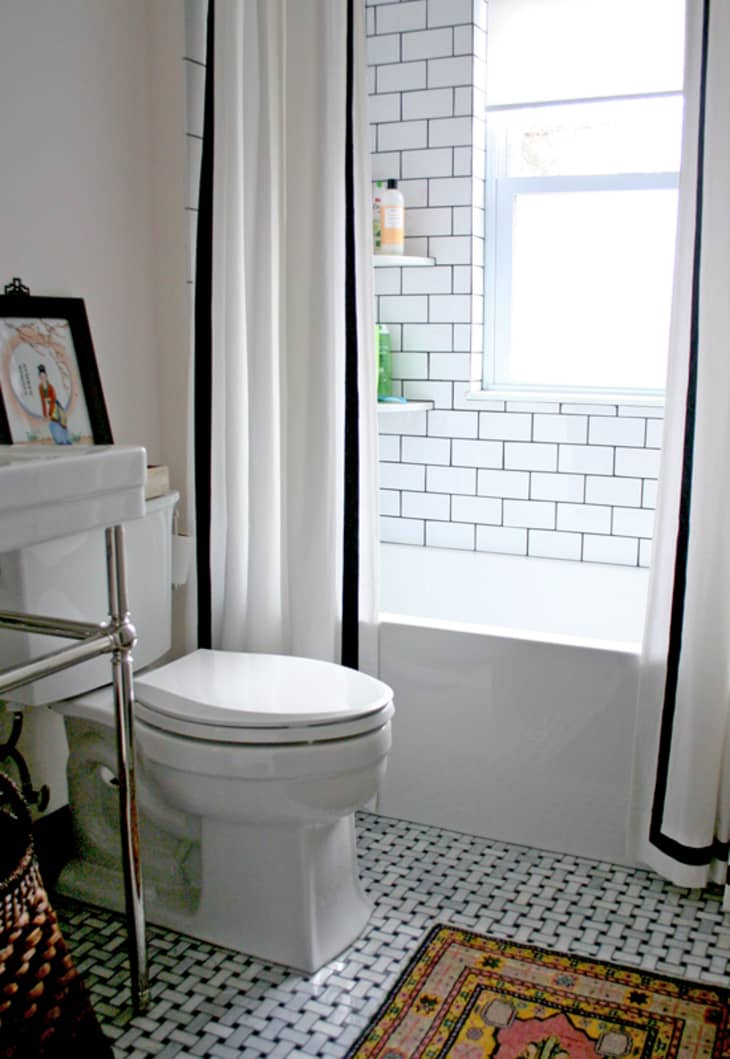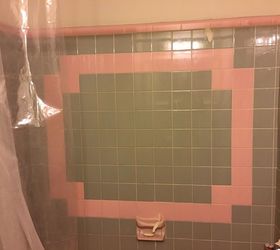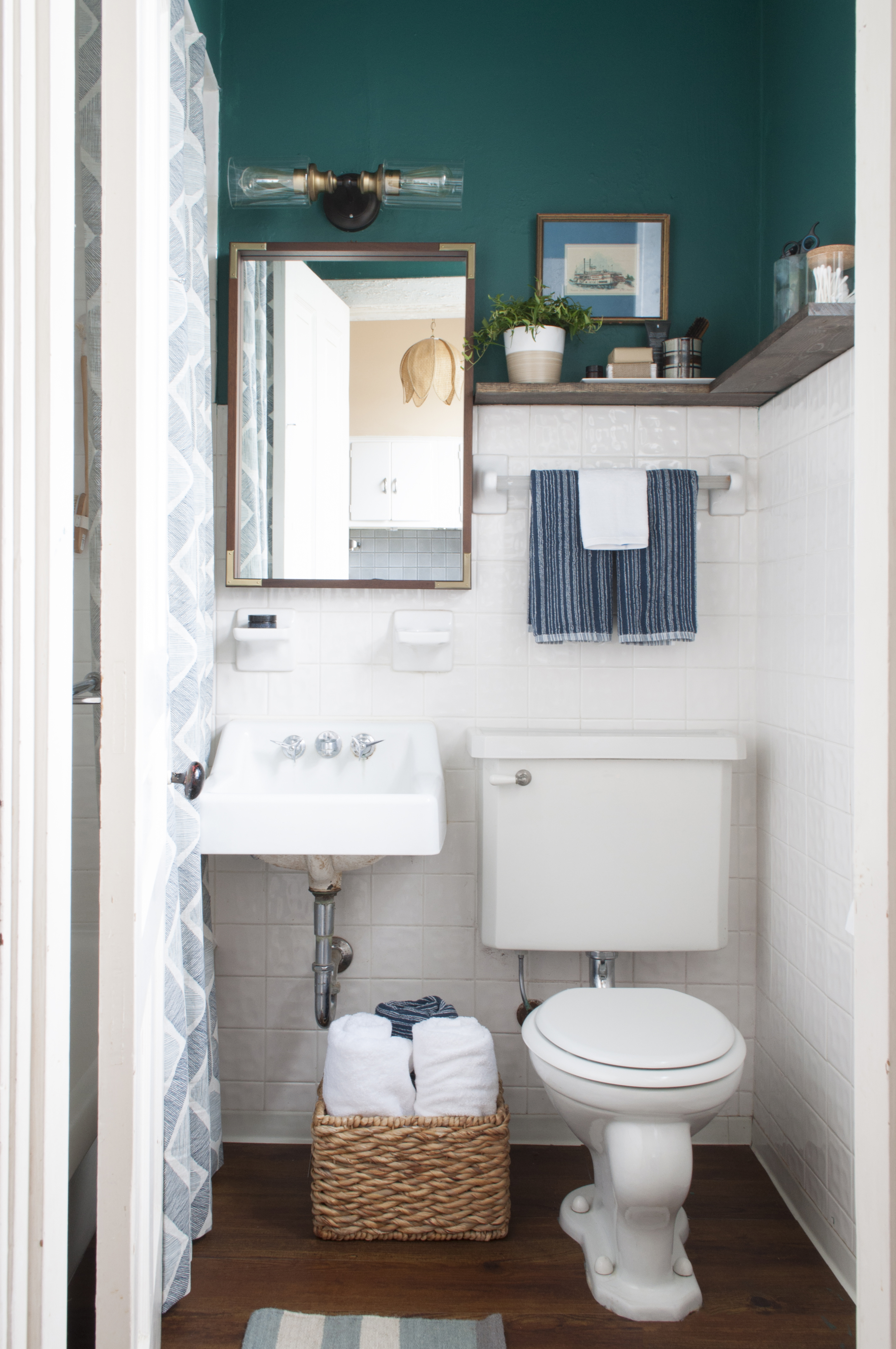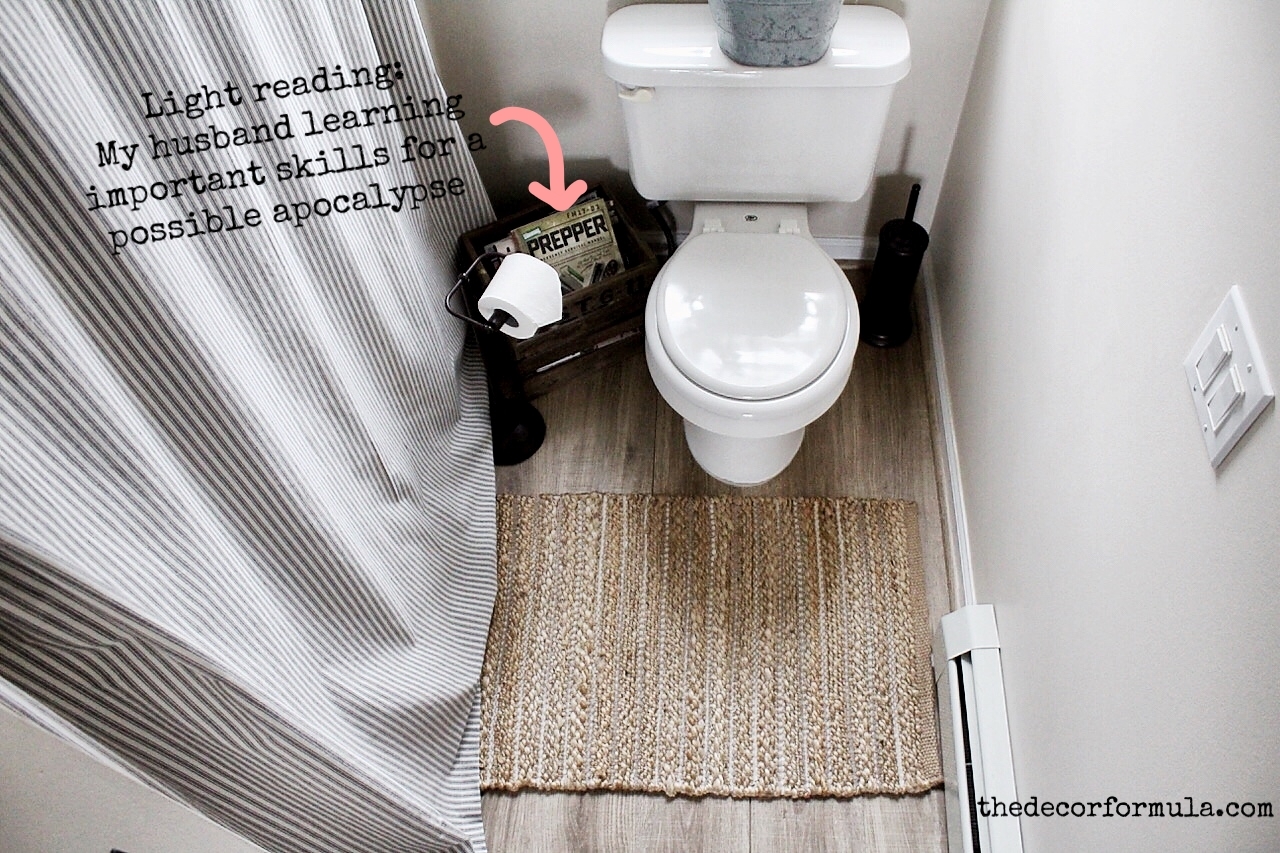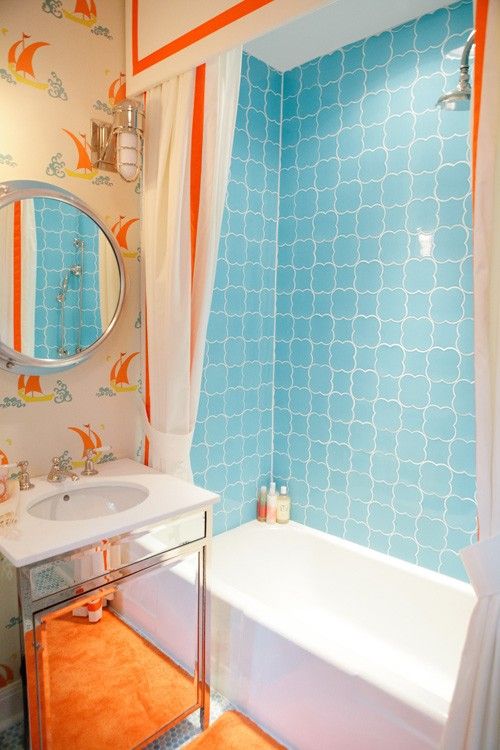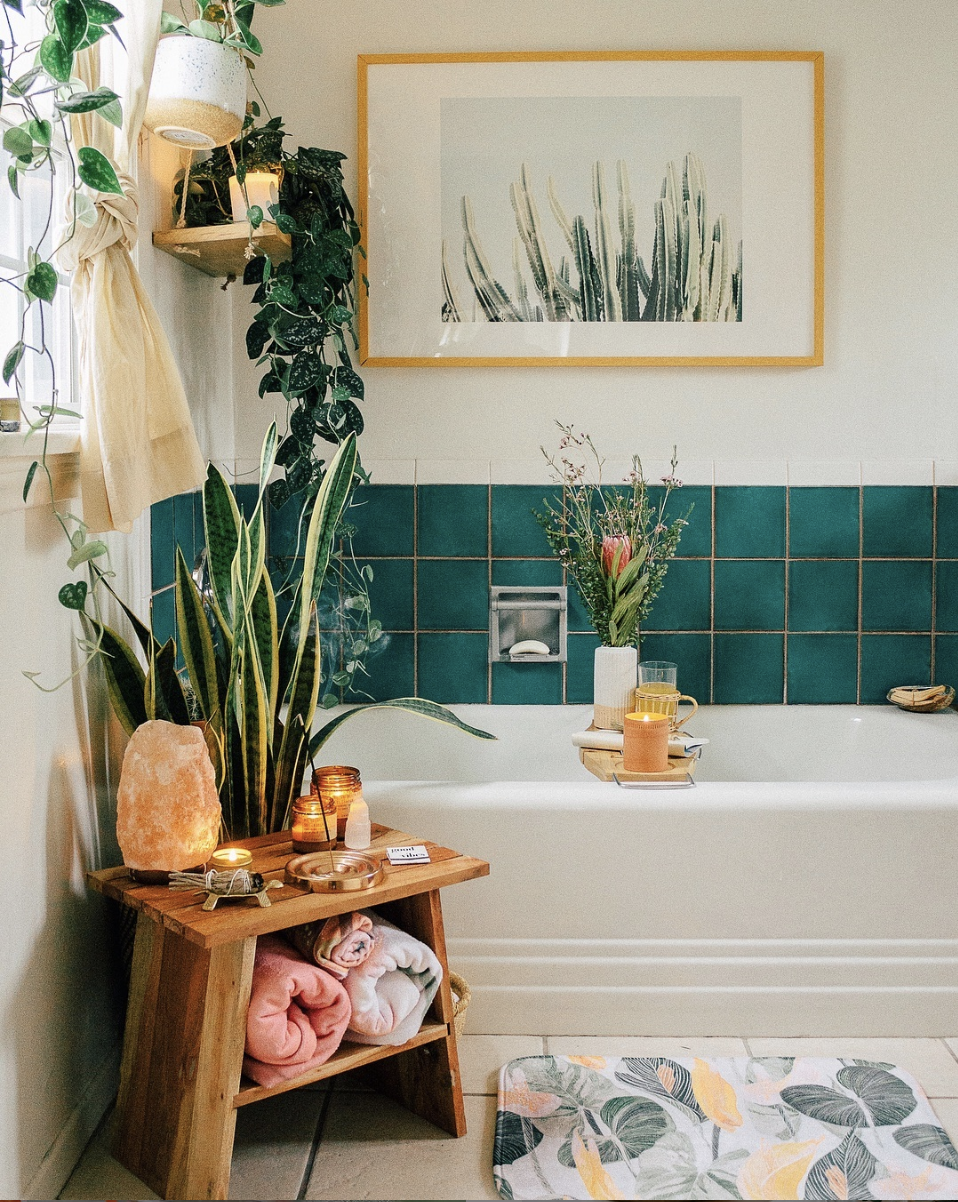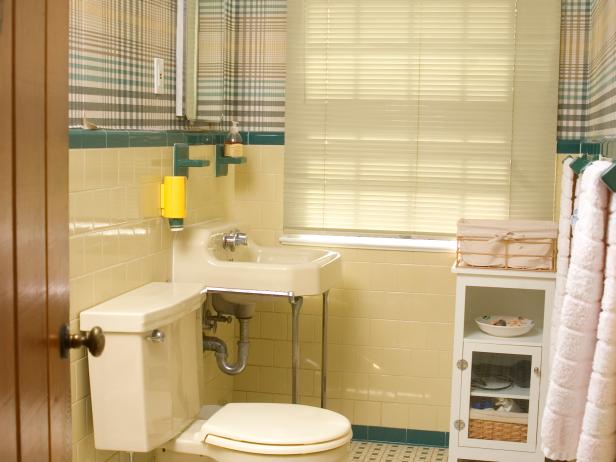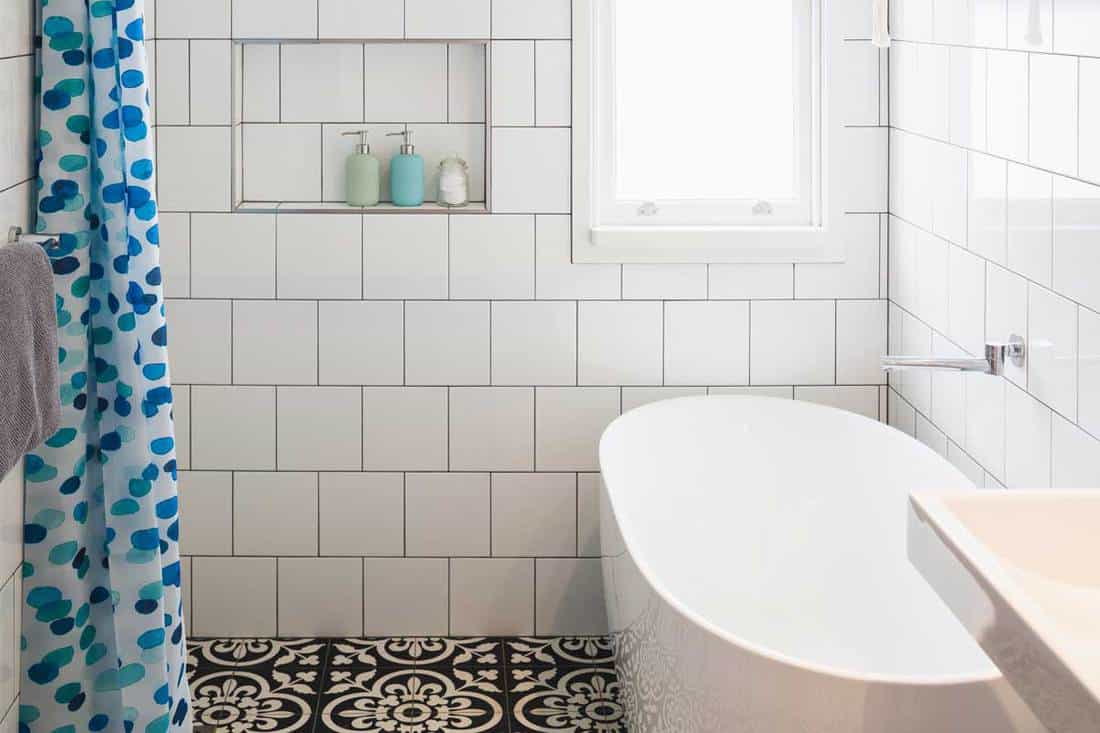Identifying the Factors Contributing to Ugly Bathroom Tile
Having an ugly bathroom tile can be frustrating and can make your entire bathroom look dated and unappealing. However, before you can fix the problem, it’s important to understand the factors that contribute to ugly bathroom tiles. By identifying these factors, you can better assess the best course of action to transform your bathroom into a beautiful space.
- Poor Cleaning Practices: One of the main reasons for ugly bathroom tile is poor cleaning practices. Over time, dirt, grime, and soap scum can build up, making the tile appear dull and discolored. Additionally, using harsh cleaning chemicals or abrasive tools can damage the tile’s surface, further adding to its unattractive appearance.
- Water Damage and Mold: Bathrooms are prone to moisture, and if not properly ventilated, this moisture can lead to water damage and mold growth. Water damage can cause tiles to crack or warp, while mold can discolor the grout lines and even the tiles themselves. Identifying and addressing these issues is crucial to improving the look of your bathroom tile.
- Outdated Design and Color: Sometimes, the problem lies in the design and color of the bathroom tile itself. Perhaps the previous owners had different tastes, or the tile was installed years ago and has since become outdated. In such cases, the only solution may be to replace the entire tile.
- Wear and Tear: Bathroom tiles endure a lot of wear and tear, especially in high-traffic areas such as the shower or around the sink. Over time, the constant use and exposure to water can cause tiles to chip, crack, or become loose, resulting in an unsightly appearance. Identifying areas with significant wear and tear is crucial in addressing the problem effectively.
- Lack of Maintenance: Regular maintenance is essential to keeping your bathroom tile looking its best. Unfortunately, many homeowners neglect this aspect, leading to the gradual deterioration of the tile’s appearance. Proper cleaning, sealing, and regrouting can significantly improve the overall look of your bathroom tile.
Budget-Friendly Ways to Refresh and Transform Your Bathroom Tile
If you’re looking to refresh and transform your bathroom tile without breaking the bank, there are several budget-friendly DIY solutions that you can consider. These solutions can help you give your bathroom a new lease on life, without the need for extensive renovations or professional assistance.
- Deep Cleaning: One of the easiest and most cost-effective ways to refresh your bathroom tile is through a deep cleaning session. Start by scrubbing the tiles with a mild cleaner and a soft brush to remove any dirt, grime, or soap scum buildup. For tougher stains, you can make a paste using baking soda and water and apply it to the affected areas. Rinse thoroughly and finish off with a tile sealer to protect the tiles from future staining.
- Painting the Tile: If your bathroom tile is in good condition but has an outdated color or design, painting it can be an excellent option. Look for tile paint specifically designed for this purpose and follow the instructions carefully. Ensure that the tiles are clean and dry before applying the paint. A fresh coat of paint can instantly transform the look of your bathroom, giving it a modern and updated appearance.
- Tile Stickers or Decals: Another cost-effective way to refresh your bathroom tile is by using tile stickers or decals. These are adhesive sheets that mimic the appearance of real tiles and can be easily applied over existing tiles. They come in various patterns, colors, and designs, allowing you to customize your bathroom according to your preferences. Tile stickers are a temporary solution and can be removed without damaging the original tiles, making them a great option for renters or those who want a quick and reversible transformation.
- Regrouting: If the grout lines between your tiles have become discolored and unsightly, regrouting can make a significant difference. Remove the old grout using a grout saw or a rotary tool, and then apply the new grout using a grout float. Ensure that you choose a grout color that complements your tiles to achieve a cohesive and refreshed look. Regrouting not only improves the appearance of your bathroom tile but also helps to prevent water damage and mold growth.
- Accessories and Décor: Sometimes, all it takes to refresh your bathroom tile is a few well-chosen accessories and décor items. Invest in new shower curtains, bath mats, towel sets, and wall art that complement the color and style of your tiles. Introducing plants, candles, and decorative storage solutions can also add a touch of freshness and personality to your bathroom.
When and Why to Consider Hiring a Tile Expert
While DIY solutions can work wonders in many cases, there are situations where hiring a professional tile expert is the best course of action. Knowing when and why to seek professional help can save you time, effort, and potentially costly mistakes when it comes to fixing ugly bathroom tiles.
Extensive Damage or Structural Issues: If your bathroom tile has extensive damage, such as loose or severely cracked tiles, it may be a sign of underlying structural issues. In such cases, it’s best to consult a professional tile expert who can assess the extent of the damage and provide appropriate solutions. They have the knowledge and expertise to identify and address any structural issues, ensuring a long-lasting and safe repair.
Specialized Tile Materials or Installations: Certain types of tile materials, such as natural stone or intricate mosaic patterns, require specialized knowledge and techniques for installation and repair. If your bathroom features such tiles, it’s advisable to hire a professional who has experience working with these materials. They can ensure that the tiles are properly installed, sealed, and maintained to preserve their beauty and longevity.
Time Constraints and Convenience: For busy individuals or those lacking the necessary skills and tools, hiring a professional tile expert can be a convenient option. Professionals have the experience, equipment, and resources to complete the job efficiently and effectively, saving you time and stress. They can also provide valuable advice on tile selection, design, and maintenance, ensuring that you achieve the desired results with minimal hassle.
Guarantee and Warranty: Many professional tile experts offer guarantees or warranties on their workmanship. This means that if any issues arise after the repair or installation, they will rectify it at no additional cost. Having this peace of mind can be invaluable, especially when it comes to significant investments such as bathroom tile renovations.
Overall Aesthetics and Value: If you’re seeking a flawless and professionally finished result, hiring a tile expert is the way to go. They can provide expert advice on tile selection, layout, and design, ensuring that your bathroom tile enhances the overall aesthetics and value of your home. Their attention to detail and expertise can make a significant difference in achieving a high-quality and visually appealing outcome.
How to Choose the Right Tiles and Avoid Costly Mistakes
In some cases, the only solution to fix ugly bathroom tile is to replace it entirely. Tile replacement can be a daunting task, but with careful planning and consideration, you can achieve a stunning result. Exploring the options available, choosing the right tiles, and avoiding costly mistakes are essential steps in the tile replacement process.
Decide Your Needs and Budget: Before choosing new tiles, assess your needs and budget. Consider factors such as the size of the bathroom, the desired style or theme, and your personal preferences. Determine how much you are willing to spend on the new tiles, as well as any additional costs such as installation, grouting, or sealing. Having a clear understanding of your needs and budget will help narrow down your options.
Selecting the Right Tile Material: There are various tile materials available, each with its unique characteristics and aesthetic appeal. Ceramic tiles are popular for their durability and affordability, while porcelain tiles are known for their water resistance and versatility. Natural stone tiles, such as marble or travertine, offer a luxurious and timeless look but require more maintenance. Consider the pros and cons of each material and choose the one that best suits your needs and style preferences.
Choosing the Right Tile Size and Layout: The size and layout of the tiles can greatly impact the overall look of your bathroom. Larger tiles can create a sense of spaciousness, while smaller tiles can add texture and visual interest. Consider the size of your bathroom and the visual effect you want to achieve. Additionally, think about the layout of the tiles, whether you prefer a classic grid pattern, a herringbone design, or something more unique. Visualize how the tiles will look in your bathroom and choose a size and layout that complements the space.
Considering Maintenance and Longevity: When selecting new tiles, consider their maintenance requirements and longevity. Some tiles may require regular sealing or special cleaning products to maintain their appearance. Others may be more prone to chipping, cracking, and staining. Think about your lifestyle and how much time and effort you are willing to invest in maintaining the tiles. Additionally, consider the longevity of the tiles. While some materials may be more expensive upfront, they may offer better durability and longevity, saving you money in the long run.
Avoiding Common Mistakes: When replacing bathroom tiles, it’s important to avoid common mistakes that can impact the overall outcome. One common mistake is not ordering enough tiles. It’s always recommended to order extra tiles to account for any cuts or breakages during installation. Another mistake is not properly preparing the surface before installation. Ensure that the existing tiles are clean, dry, and free of any debris or adhesive residue. Additionally, make sure to use the appropriate adhesive and grout for your chosen tile material to ensure proper adhesion and longevity.
Seek Professional Help if Needed: While tile replacement can be a DIY project for those with experience, it’s important to recognize when professional help is needed. If you have limited experience or are unsure about the process, hiring a professional tile installer can ensure a seamless and high-quality result. They have the expertise and tools to handle the intricacies of tile installation, ensuring that the tiles are properly aligned, leveled, and sealed.
Tips and Tricks to Keep Your Bathroom Tile Looking Beautiful
Once you have fixed or replaced your bathroom tile, it’s important to maintain its beauty and longevity. Long-term maintenance is key to keeping your bathroom tile looking beautiful and preventing future problems. By following these tips and tricks, you can ensure that your bathroom remains a stylish and inviting space for years to come.
Regular Cleaning: Regular cleaning is essential to prevent dirt, grime, and soap scum buildup on your bathroom tile. Establish a cleaning routine and use mild, non-abrasive cleaners specifically designed for tile surfaces. Avoid harsh chemicals or abrasive tools that can damage the tiles. Regular cleaning will help maintain the tile’s original shine and prevent discoloration.
Proper Sealing: Properly sealing your bathroom tile is crucial to protect it from moisture and staining. Depending on the type of tile material, you may need to apply a sealant to the surface and the grout lines. Follow the manufacturer’s recommendations for sealing frequency and use a high-quality sealant. Regular resealing will ensure that your tiles remain resistant to water damage and staining.
Grout Maintenance: The grout lines between your tiles are prone to discoloration and mold growth. To maintain the appearance and cleanliness of the grout, regularly clean and scrub it with a mild grout cleaner or a mixture of baking soda and water. Additionally, consider applying a grout sealer to protect the grout from staining and moisture. Regular grout maintenance will keep your bathroom tile looking fresh and prevent the growth of mold and mildew.
Preventing Water Damage: Water damage can significantly impact the appearance and integrity of your bathroom tile. To prevent water damage, ensure that your bathroom is properly ventilated to reduce moisture buildup. Use exhaust fans or open windows during and after showers to allow for adequate air circulation. Additionally, promptly address any leaks or plumbing issues to prevent water from seeping into the tile and causing damage.
Avoiding Harsh Chemicals: Harsh chemicals can damage the surface of your bathroom tile, leading to discoloration or even etching. Avoid using acidic or abrasive cleaners on your tiles. Instead, opt for mild, pH-neutral cleaners that are specifically formulated for tile surfaces. Read the labels of cleaning products carefully and follow the manufacturer’s instructions to ensure that you are using the appropriate cleaners for your tiles.
Regular Inspections: Regularly inspect your bathroom tile for any signs of damage or wear. Look for cracked or loose tiles, damaged grout, or areas of discoloration. Promptly address any issues to prevent further damage and maintain the overall appearance of your bathroom. Small repairs and touch-ups can prevent more extensive and costly repairs down the line.
Ideas for Covering Up Tile Floors Without Removing It
Stylish Solutions for Ugly Rental Bathrooms Apartment Therapy
Best Fix for Ugly Tile in Bathrooms
Peel and Stick Tiles Are The Easiest Fix for Ugly Rental Bathrooms
Return of the Ugly Bathroom
How To Cover Bathroom Wall Tiles
Peel and Stick Tiles Are The Easiest Fix for Ugly Rental Bathrooms
Stylish Solutions for Ugly Rental Bathrooms Apartment Therapy
Butterscotch Bathroom Tile Gets an Inexpensive
Related Posts:


